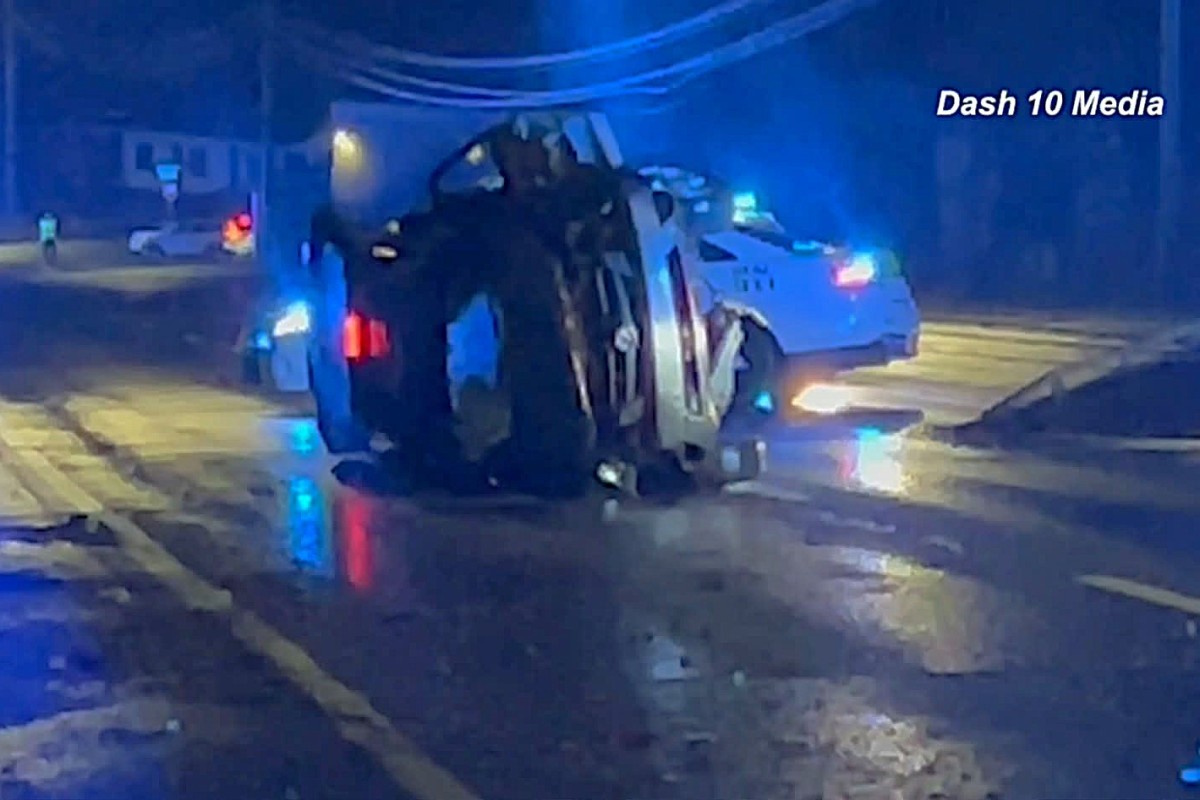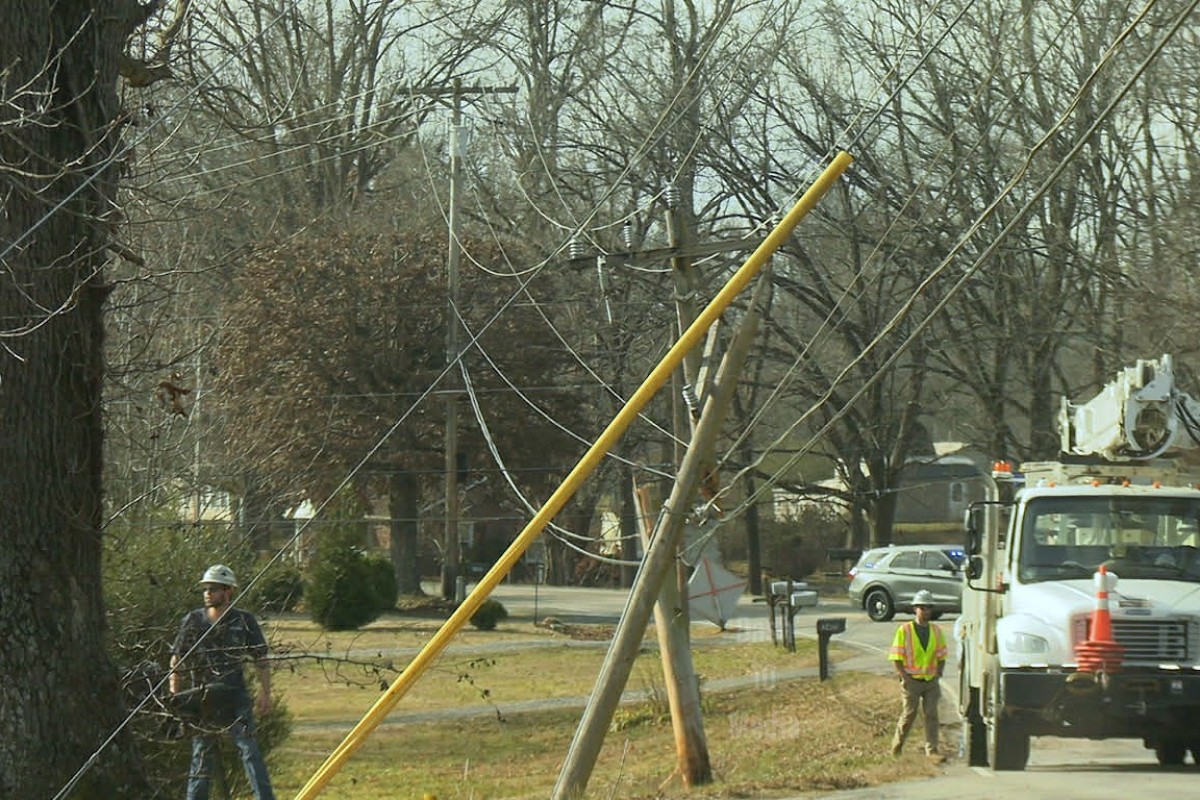Rewind 94.3 wants to make sure all of our listeners stay safe during weather emergencies, and part of that is staying informed. Here’s some information, much of it courtesy of the National Weather Service, that will keep you ready for the storm.
Warning vs. Watch vs. Advisory
- Advisory: A hazardous event is predicted to take place, and a Watch may be coming.
- Watch: Conditions are right for the hazardous event. Stay informed and be ready to act if a Warning is issued.
- Warning: The hazardous event is happening or has been spotted. Warnings indicate imminent danger to life and property. Take shelter immediately.
Severe Thunderstorm: A storm capable of producing hail 1 inch or larger or wind gusts over 58 mph. Hail this size can damage plants, roofs and vehicles. Wind this strong can break off large branches, knock over trees or cause structural damage.
Straight-line Winds: Powerful winds that can cause serious damage, in some cases as much as a tornado. When winds are sustained at 40-50 mph, isolated wind damage is possible. Straight line wind speeds can exceed 100 mph.
Tornado: A violently rotating column of air extending from the base of a thunderstorm down to the ground. Tornadoes are capable of destroying well-made structures, uprooting trees and hurling objects through the air like deadly missiles. They occur several times a year in Middle Tennessee and Southwest Kentucky, typically in the late winter and spring months.
Preparing for a storm
Monitor the News: Listen to local news or an NOAA Weather Radio to stay informed about watches and warnings. Follow coverage on ClarksvilleNow.com and tune in to Rewind 94.3 for updates.
Get Notifications: Listen for nearby weather warning sirens. Sign up for free Clarksville Now weather alerts on your phone by texting the word NEWS to 43414.
Have a Storm Plan: Have a family plan that includes an emergency meeting place. Pick a safe room such as a basement, storm cellar or an interior room on the lowest floor with no windows. Get more ideas for a plan at: https://www.ready.gov/make-a-plan. Conduct a family storm drill regularly.
Prepare Your Home: Keep trees and branches trimmed near your house. If you have time before severe weather hits, secure loose objects, close windows and doors, and move any valuable objects inside or under a sturdy structure.
Build a Disaster Kit: Have emergency supplies in a location inside or near your safe space so you aren’t scrambling during an emergency. To assemble your disaster kit, store items in airtight plastic bags in easy-to-carry containers such as plastic bins or a duffel bag. Among the items to consider:
- Water
- Food (non-perishable)
- Battery-powered or hand crank radio
- First aid kit
- Extra batteries
- Whistle (to signal for help)
- Manual can opener (for food)
- Cell phone charger and backup battery
- Prescription medications as needed
- Infant formula, bottles and diapers as needed
- Pet food and extra water as needed
- Important family documents saved electronically
- Sleeping bag or warm blanket for each person
- Matches in a waterproof container
- Paper and pencil
Help Your Neighbor: Encourage your loved ones to prepare for severe thunderstorms. Take CPR training so you can help if someone is hurt.
During a storm, if warning is issued
At Your House: Go to your basement, safe room, or an interior room away from windows. Take your pets with you if time allows.
At Your Workplace or School: Go to your storm or tornado shelter location quickly and calmly. Stay away from windows. Do not go to large open rooms such as cafeterias, gymnasiums or auditoriums.
Outside: Go inside a sturdy building. Sheds and storage facilities are not safe. Taking shelter under a tree can be deadly: The tree may fall on you, and being near a tree puts you at greater risk of getting struck by lightning.
In a Vehicle: Being in a vehicle is safer than being outside; however, drive to the closest secure shelter if there is time. If it’s a tornado, either get down in your car and cover your head, or abandon your car and seek shelter in a low-lying area such as a ditch or ravine.
After a storm
Contact Family and Loved Ones: Let them you’re OK so they can help spread the word.
Assess the Damage: After you’re sure the threat has ended, check your property for damage. Wear long pants, a long-sleeved shirt and sturdy shoes. Contact authorities if you see power lines down. Stay out of damaged buildings. Be aware of insurance scammers.
Help Your Neighbor: If you come across people who are injured and you are properly trained, provide first aid until emergency response team members arrive.
Floods and heavy rain
Flooding vs. Flash Flooding:
- Flooding is when water levels may impact travel or normal activity, and it can range from minor to severe.
- Flash Flooding refers to water levels rising quickly to spill into areas such as roadways or homes, creating sudden dangers for drivers or occupants.
Turn Around, Don’t Drown: Each year, more deaths occur due to flooding than from any other storm-related hazard. Over half of all flood-related drownings occur when a vehicle is driven into flood water. Never drive around barriers. The road may have collapsed under that water. A mere 6 inches of fast-moving water can knock over an adult. It takes just 12 inches of rushing water to carry away most cars, and just 2 feet of rushing water can carry away SUVs and trucks.
Cumberland River: The river flows from Nashville to Clarksville and is controlled by TVA dams – the nearest one being upstream in Cheatham County. In Clarksville, the Cumberland reaches action stage at 40 feet, flood stage at 46 feet, moderate flood stage at 50 feet and major flood stage at 55 feet. At 50 feet, water spills onto Riverside Drive near Highway 48/13.
Red River: The river flows from Adams to Port Royal to downtown Clarksville, where it empties into the Cumberland. At Port Royal, it reaches action stage at 25 feet, flood stage at 30 feet, moderate flood stage at 38 feet and major flood stage at 40 feet. At 50 feet, water spills onto Riverside Drive near Highway 48/13. At 35 feet, water begins to flood Port Royal Road near the Highway 238 bridge.






